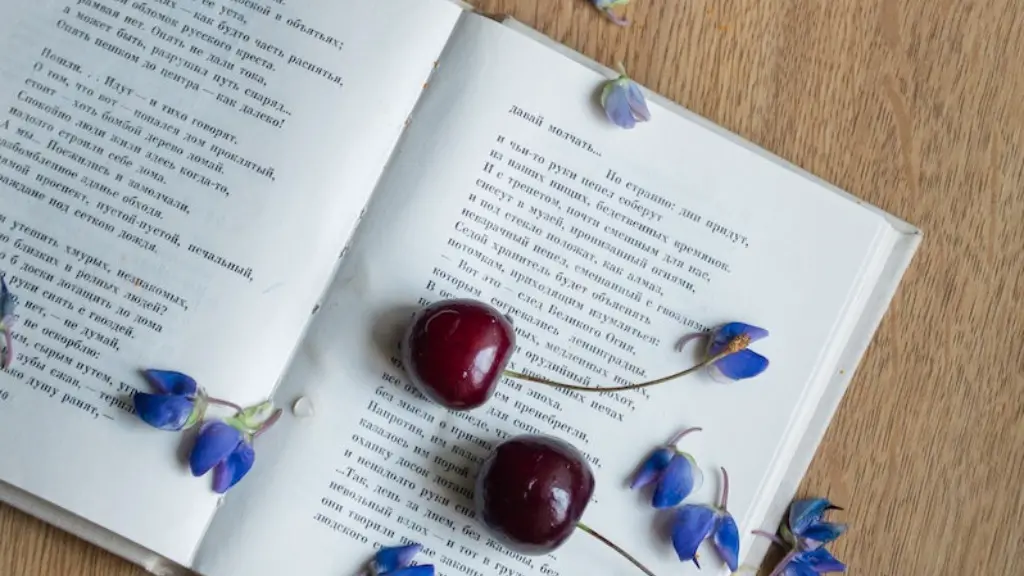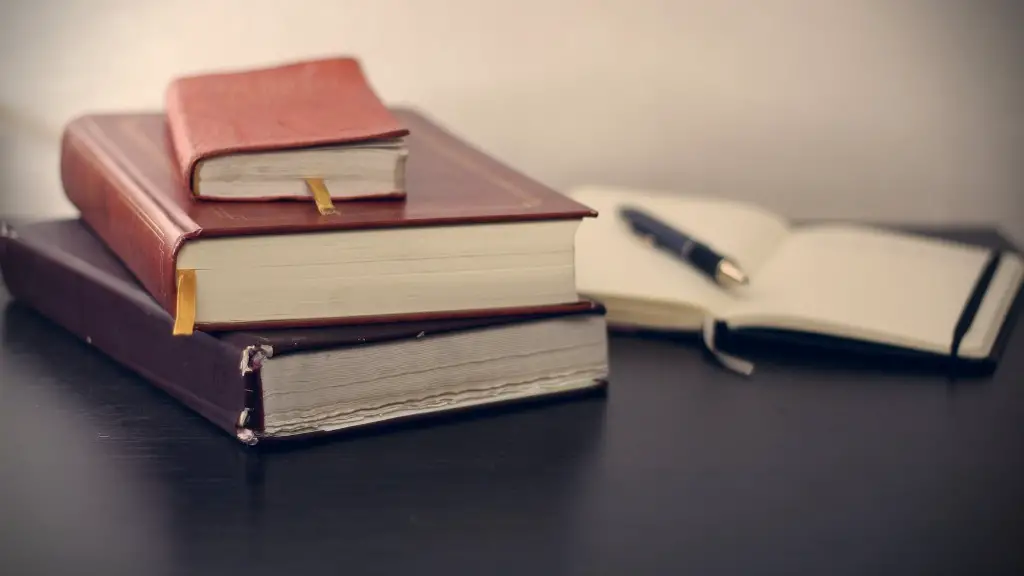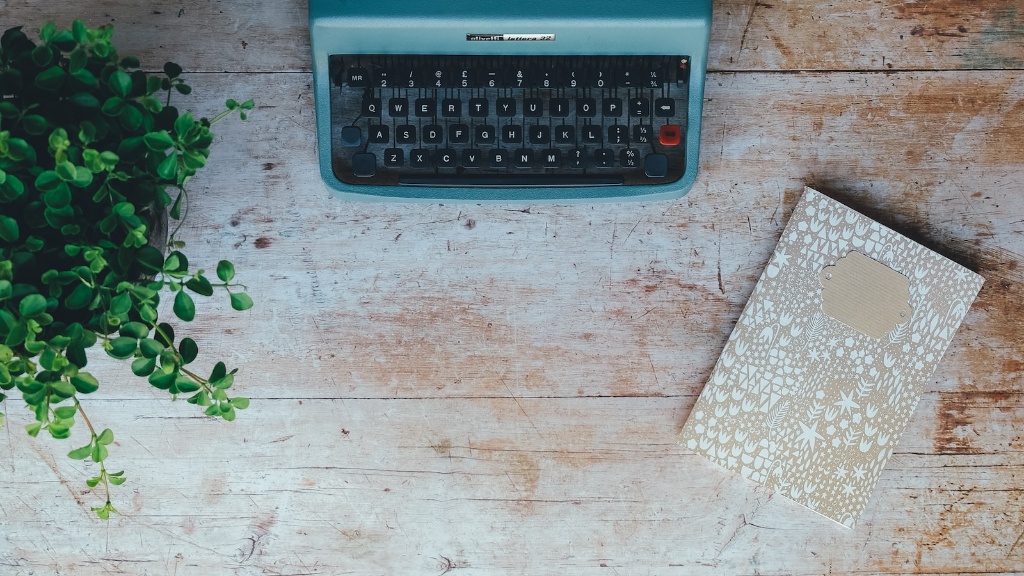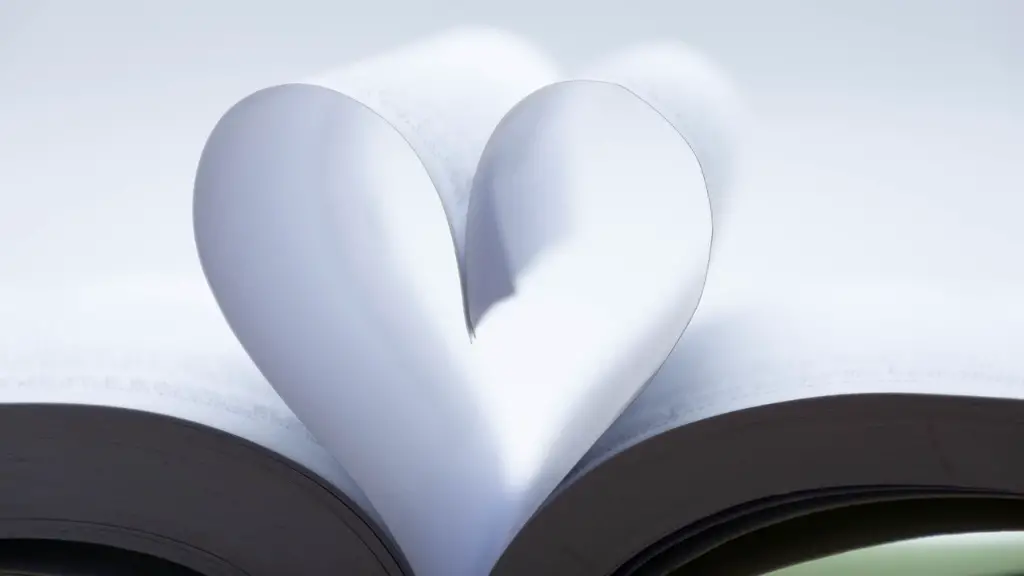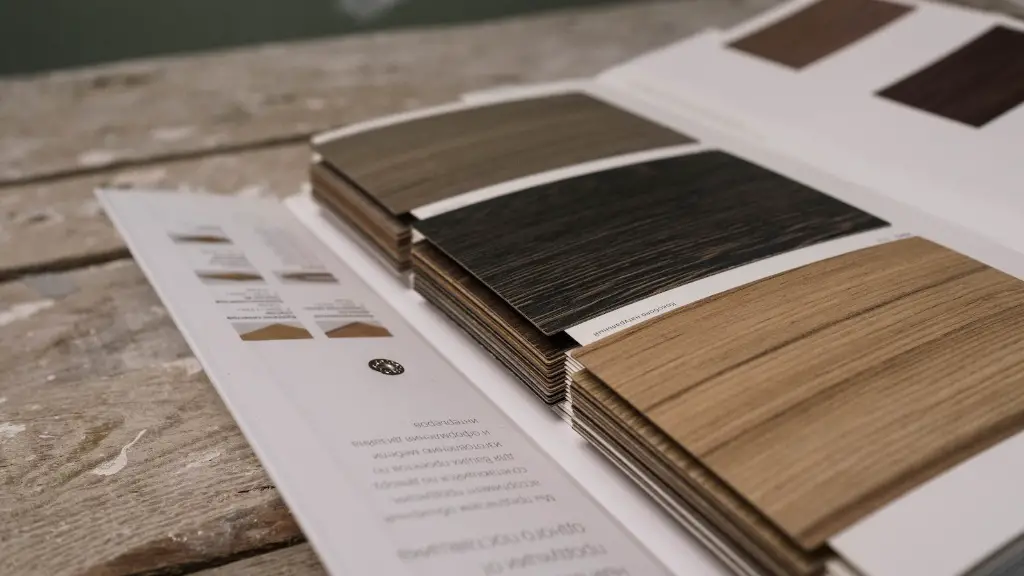Overview of How to Reference Poetry in MLA
Ensuring that the correct referencing style is applied to any form of academic writing is crucial. This is even more pertinent when writing essays or dissertations on poetry topics. It is important to be aware of the requirements when referencing poetry in MLA style, particularly as it has its own special features.
MLA Citation
MLA (Modern Language Association) formatting is the guideline most commonly used in literature and language studies; it’s also the most updated and includes rules for forming inline citations. As it happens, the MLA style makes referencing poetry relatively straightforward. The author’s name is used in parentheses in the text, with the corresponding entry in the Works Cited list; this includes a comprehensive list of every quote or paraphrase included in the text. In addition, these entries must include the name of the poet, the poem title and the format of the source.
In-text Citations for Poetry
In-text citations should be the poet’s last name, a page number in case the poem is part of a book or the line numbers in case it’s a poem. Note that the in-text citation must follow the author’s name mentioned in the sentence, usually at the end of the sentence. If only the name is mentioned, then the author’s name must also be used in the in-text citation. For example: “As soon as the student finished reading, she was inspired by Emily Dickinson’s “Split the Lark” (Dickinson 34-35), wanting to write her own poem.”
Works Cited Entries for Poetry
longer entries for poetry should appear in the Works Cited section. As with all sources, information from the work cited needs to be taken primarily from the title page of the book, or publisher in other media such as websites. It is inevitable that this data should align with the styles on the official MLA guidelines. In most cases, Works Cited entries for poetry should contain the author’s name, the title of the poem, the book of the poem (if applicable), the year, the editor(s), the publisher, the edition and the page number(s).
Long or Standalone Poems
When referencing sections of extended poems such as those found in longer narrative pieces, the page number is not necessary. In this case, the line or section numbers of the poem should be specified instead. For example, if citing a poem like “The Odyssey,” one could state it in the text as: (Homer, lines 140-154). Additionally, when referring to an entire poem that is standalone and not published in a book (such as if it appears in a website or newsletter), the poem title should be enclosed within quotation marks.
Formatting Poetry Quotations
Quotations from poems should follow the same rules for collection of verses cited in regular format. For example, the text of a poem (lines can be numbered or not, but the numbering should be in the form of regular Arabic numbers) must be cited following the name of the poet and the title of the poem. If quoting more than three lines of the poem, they should be divided in separation to avoid whole lines overlapping in the same paragraph. The used style for quotations should be in quotation marks when quoting a fragment of any poem.
Example of Referencing Poetry in MLA
Therefore, as an example for referencing poetry in MLA format, the following is a citation for William Butler Yeats’ poem “Leda and the Swan” taken from its original source, The Collected Poems of William Butler Yeats:
Yeats, William Butler. “Leda and the Swan”. The Collected Poems of William Butler Yeats, edited by Richard J. Finneran, Macmillan Publishers, 1989, p. 201.
Using Electronic Sources
In cases of electronic poetry resources, an electronic poet version of the poem must be used; it’s necessary to indicate the poet and the exact medium of the poem. The user must also state the name and the version of the software used, the download date and the access date. For example:
Yeats, William Butler. “Leda and the Swan”. Downloaded from PoemsFound, online poetic-medium, app version 5.0, 1 April 2020, 17 April 2020.
Citing an Anthology
When citing poetry from a larger anthology such as a collection of short stories, you need to cite the poem in the same way as you would an individual poem from a poem book. Additionally, it is necessary to identify the editor of the anthology, the volume number and the page number of the poem in the anthology. For example:
Yeats, William Butler. “Leda and the Swan”. The Oxford Book of Poetry, edited by Christopher Ricks, Oxford University Press, 2009, p. 238.
Citing Multi-volume Sets
If you are using multiple-volume sets of books, indicate the volume number after the title of the book in your Works Cited entry and the page number when referring to the poem in text. For example:
Yeats, William Butler. “Leda and the Swan”. The Collected Poems of William Butler Yeats, vol. 1, edited by Richard J. Finneran, Macmillan Publishers, 1989, p. 201.
Footnotes and Endnotes
Writers, including those referencing poetry in the MLA style, can add footnotes or endnotes to their work to provide additional information or provide a source of paragraph or reduce tediousness of the referencing process. This means that information in the footnote or endnote can be reduced and the full source of the citation went in the list of works cited. For example, the poem’s title in the footnote can simply be written as “Leda and the Swan.” Alternatively it is possible to add a parenthetical citation with the poem title and page number at the end of the sentence.
Citing Reference Books
When citing reference books, or those containing multiple sources, one should include the page number of the poem, the author of the poem and a full reference of the book. It is also important to indicate the volume number of the collection and the page number when referring to the poem. For example:
Yeats, William Butler. “Leda and the Swan” in The Oxford Companion to English Literature, edited by Margaret Drabble, Oxford University Press, 2005, p. 664.
Using Secondary Sources
Many times, a researcher is likely to find secondary sources for referencing poetry. When this is the source of a poem’s information, it is important to correctly cite both original and secondary sources. This means that the author needs to indicate both sources in the bibliography, indicating the author of the original work, the title of the work and the title of the book that quotes or paraphrases the poem. For example:
Yeats, William Butler. “Leda and the Swan.” The Oxford Book of Poems, edited by Christopher Ricks, Oxford University Press, 2009, p. 238. Quoted in A Critical Analysis of Modern Poetry, by John Smith, Penguin Books, 2014.
Citing Edited Publications
When citing an edited publication, the name of the editor should be indicated in the Works Cited list. Additionally, the title of the publication should be followed by the name of the editor and the edition number. In the text, the page number should be given after the name of the author. For example:
Yeats, William Butler. “Leda and the Swan.” The Oxford Book of Poetry, edited by Christopher Ricks, 5th edition, Oxford University Press, 2009, p. 238.
Citing Foreign Language Work
When quoting works from other languages, one should cite the translated title of the poem in the sentences followed by the original title in italics and place of the book’s publication. This should be done regardless of whether the cited poem is the original work or a translated one. For example:
Yeats, William Butler. “Leda and the Swan” (“Leda et le cygne”). The Collected Poems of William Butler Yeats, edited by Richard J. Finneran, Macmillan Publishers, 1989, p. 201.
Using Acknowledgements
Acknowledgements are a way of indicating the authors of an original works when the secondary source used is not the author of the poem. This means that authors should indicate the name of the person who quoted or paraphrased the poem in the text, followed by the author’s name in parentheses and the title of the poem in quotation marks. For example:
According to John Smith (Yeats), “Leda and the Swan” is a powerful poem full of symbolism (1).
Conclusion
By following the above tips for referencing poetry in MLA style, authors can ensure that the sources used for their research paper, dissertation or any other project are correctly documented, according to the latest MLA guidelines.
